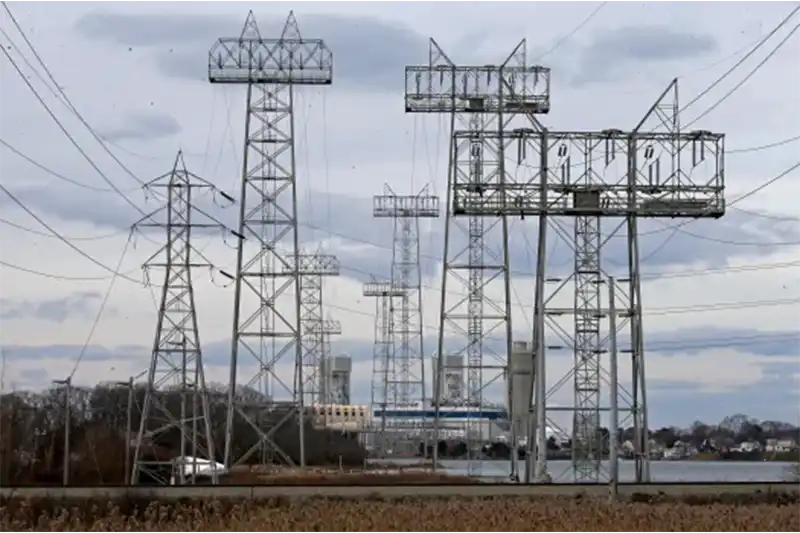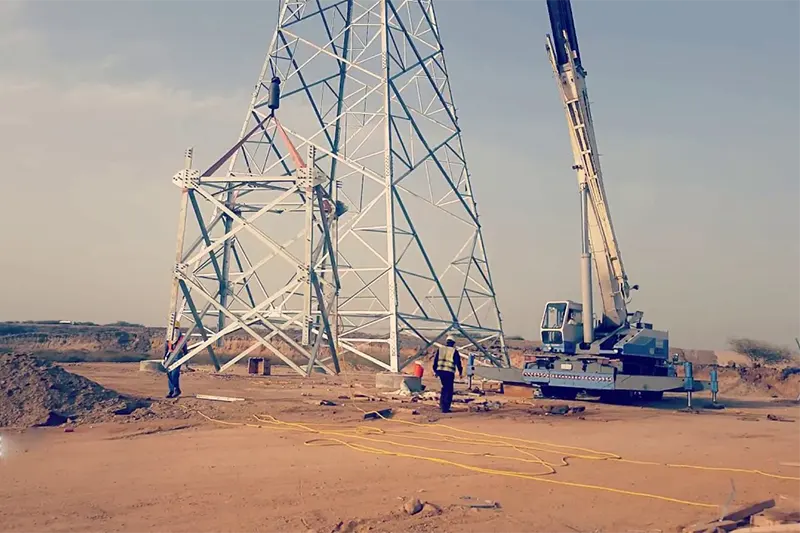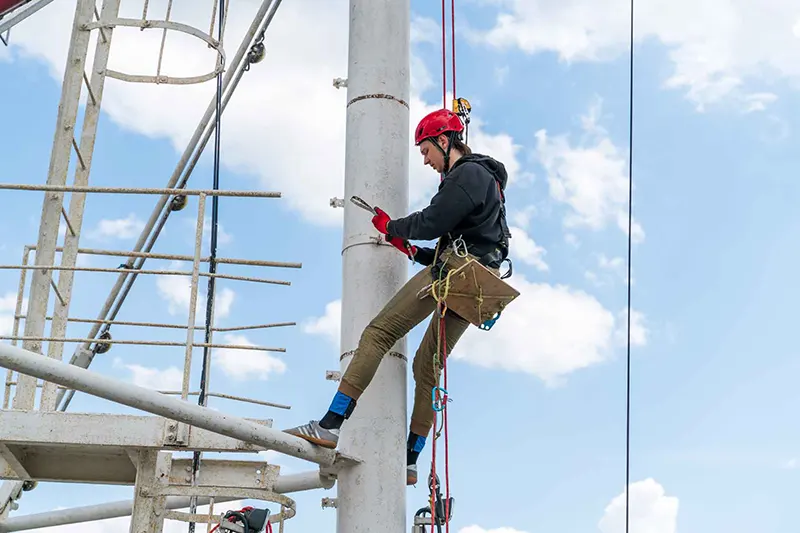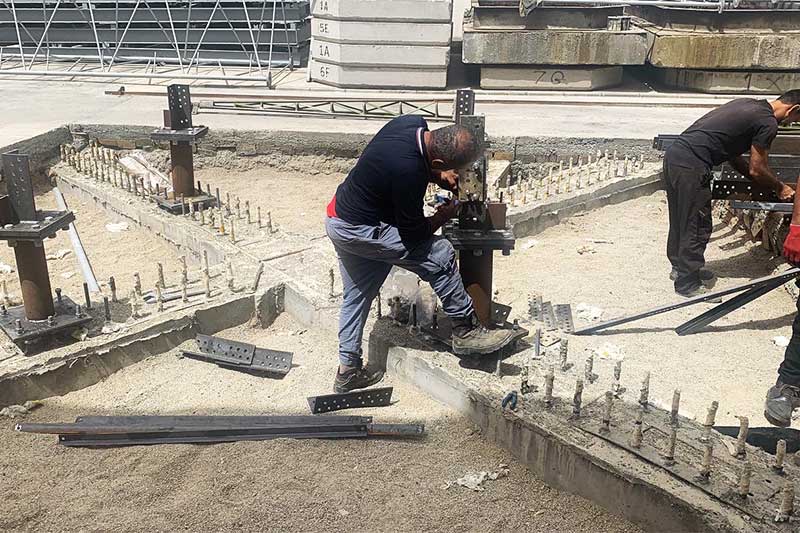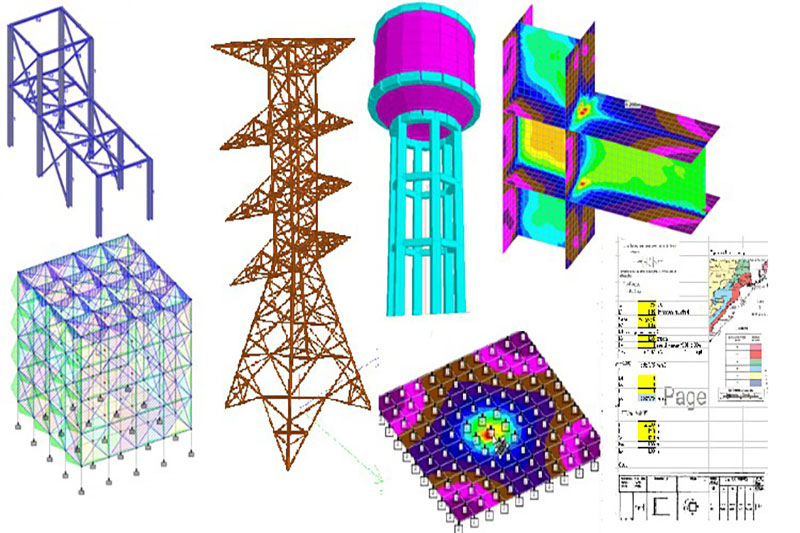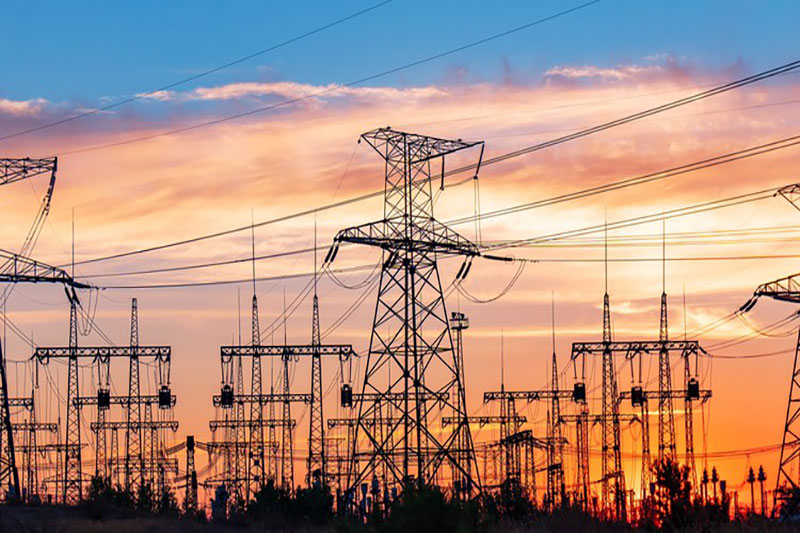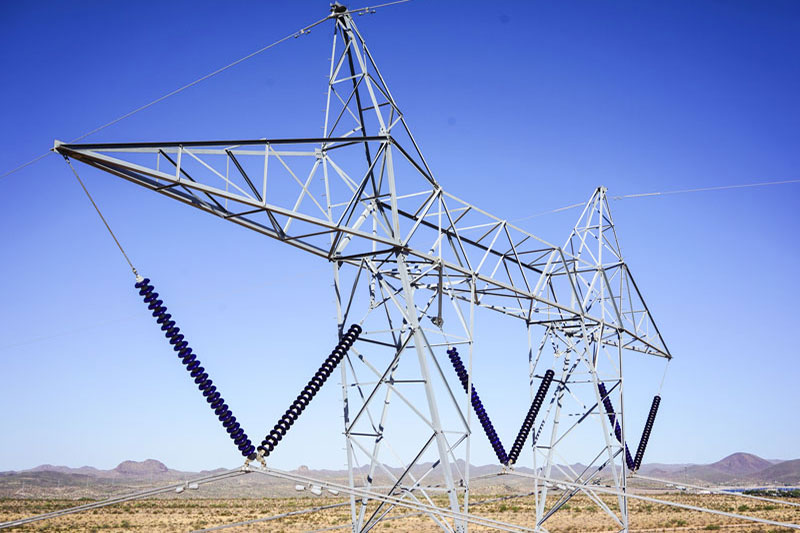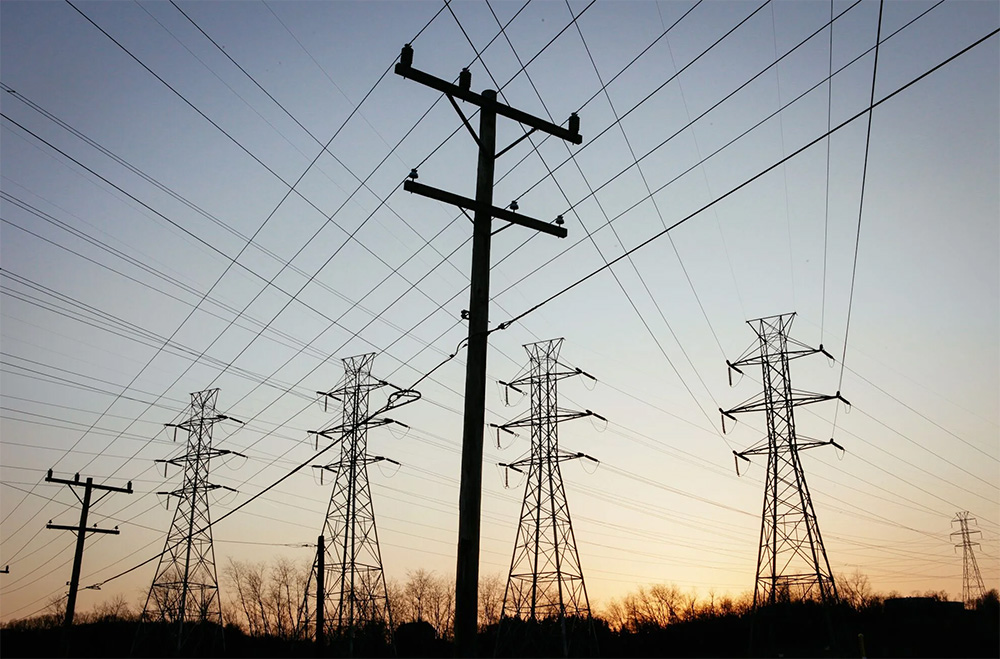
Introduction to Drilling and Punching Machines for Steel Tower Structures
This article provides a comprehensive overview of drilling and punching machines used in the manufacturing of steel towers, such as those used in power transmission and telecommunications. It explains the fundamental working principles of both types of machines, their technical features, advantages, and specific applications in metal structure production. Different machine types—from simple punching units to advanced CNC drilling systems—are explored, along with maintenance practices and technological advancements.

